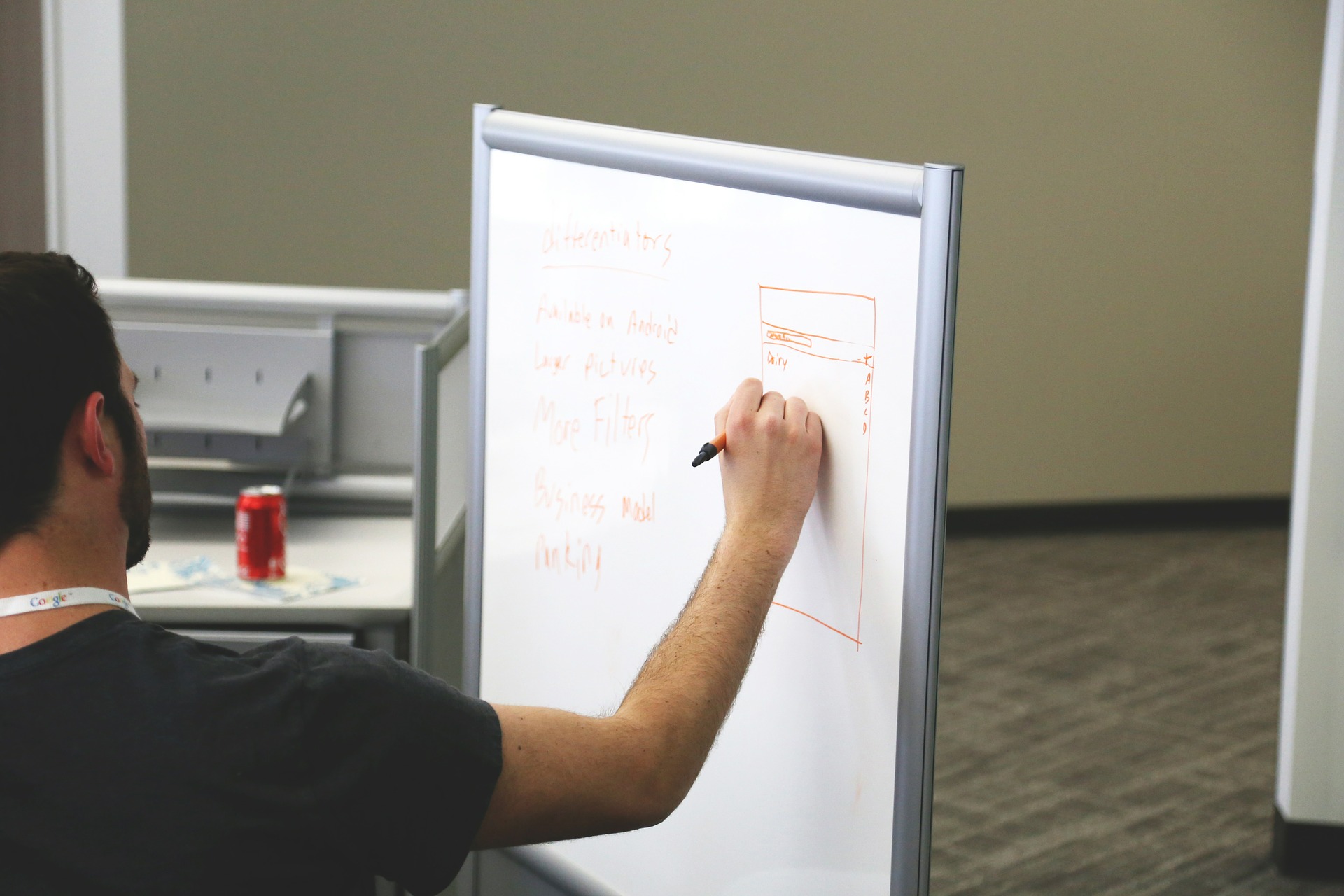According to the report, on average,19% of all sales were online sales for second-tier auctioneers. Of those online sales, the majority (74%) were made via third-party marketplace platforms however, the percentage of new buyers brought to the auction houses declined considerably to 25% of their online buyers in 2018, down 16% in 2017. The share of regular online bidders, buyers who purchased from the auction room repeatedly, increased by 15% to 41%. In the UK online sales transacted on the UK’s primary third-party online marketplace reached an average of 38% of total sales per auction.
Not all auction houses use a third-party platform (a Marketplace), instead, they choose software that gives auction buyers the ability to place bids online through their own website (a Direct platform). This is fast becoming the industry standard, with many auctioneers now considering which kind of bidding platform to implement, a Direct platform or a Marketplace auction platform, we look at the Pros and Cons of both below.
A Marketplace auction platform is exactly what it sounds like: auctioneers list their catalogs in an online auction Marketplace right alongside their competitors. Common Marketplace auction platforms include Invaluable, the-Saleroom, EasyLive Auctions, and Live Auctioneers.
The Direct auction platform model, on the other hand, allows the auctioneer to create a bespoke solution dedicated only to their auctions and facilitates online bidding through the auctioneer’s website. The leading Direct auction platform provider is Bidpath.
Image for post
Auction Marketplace websites can work in following three ways:
Increment auction
Increment is an increase of some amount over a certain number. In bidding, increment is a minimum amount an auction bid must be raised each time the current highest bid is surpassed.
Reserve price auction
Reserve price auction allows the buyer to set a minimum price he/she wants a product to sell for. Usually, this price is hidden, so the buyers can only see whether or not it has been met. When the reserve price is met, the highest bid wins the auction.
For example, you sell a vintage jewelry and set a reserve price at $40, with a starting price of $2. In this case, people can start bidding at $2, but if until the end of the auction the bidding hasn’t reached $40, your jewelry will not be sold.
Automatic auction
An automatic auction is the easiest way to bid. In this case, buyers set the highest amount they want to pay for the item and the system bids automatically on buyer’s behalf. If another bidder places the higher bid, the previous buyer will be outbid and his/her bid will expire.
IdyaFlow Plus is an online marketplace platform empowering and enabling marketplace owners to build a marketplace on their unique idea. It supports all features required to build a auction marketplace platform.
23.3
C
London
Sunday, June 29, 2025






